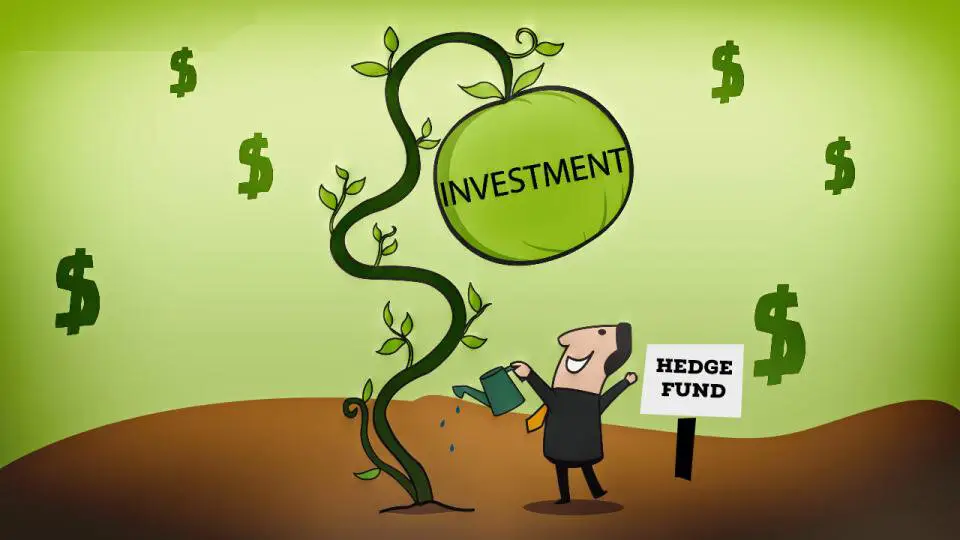Financial markets entice with the opportunity to achieve high returns, flexible schedules, and financial independence. However, the path to stable profits requires discipline, preparation, and time. The question of “how to become a trader from scratch” is increasingly concerning for beginners who want to master the profession without an economic education or starting capital. This article provides a systematic analysis of the steps, mistakes, and tools necessary to start trading on the exchange and develop your own trading style.
What is the difference between trading and investing?
At the beginning, it is important to understand the difference between short-term trading and long-term investments. The difference between trading and investing lies in the time horizon and goals. An investor builds a portfolio for years, aiming for stable capital growth. A trader seeks volatility, speculates on price movements, extracting income in short periods: from minutes to weeks.

It is useful for a novice to understand that a strategy requires constant participation, regular market analysis, and risk control. This is not passive income but active work.
How to become a trader from scratch — where to start?
The path to the profession begins not with opening an account but with studying basic concepts. Before risking money, you need to understand the key mechanisms of exchange operation, master the terminology, grasp the principles of market movement, and learn how to use the platform.
Understanding how to become a trader from scratch comes gradually — through reading, video lessons, practicing on a demo account, and analyzing your own mistakes. Only a systematic approach will provide sustainable results and reduce losses at the start.
Trading basics: important concepts for beginners
Every beginner should start with a theoretical foundation. The basics include several fundamental elements:
- understanding charts — candles, levels, volumes;
- principles of supply and demand;
- market and limit orders;
- support and resistance levels;
- risk management and money management;
- impact of news on volatility.
After mastering the fundamental concepts, it becomes easier to absorb trading education for beginners and move towards developing your own strategy.
What types of trading exist?
To determine your approach, you need to consider the main types of trading, each of which has its own characteristics:
- scalping — trades lasting 1–5 minutes, high frequency of operations;
- day trading — intraday trading, closing positions by evening;
- swing trading — holding positions for 2–7 days;
- position trading — trades from weeks to months.
The choice depends on the availability of time, character, and stress resistance. At the beginning, it is useful to test all formats to understand how to become a trader from scratch without losing motivation and interest.
Trading courses for beginners: paid and free
It is not necessary to start with expensive education. Many trading courses for beginners are available for free — on YouTube, specialized forums, in blogs of practicing investors. The important thing is not the volume of material but its structure.
Paid programs often offer feedback, mentoring, and real-time practice. However, even with a zero budget, you can understand how to become a trader from scratch by dedicating daily attention to studying and practicing the material.
Self-learning trading: how to build a system?
Many successful speculators started without teachers. Self-learning requires discipline and a clear plan. Below are the key steps that will help you build your own educational trajectory:
- study the basics through books and courses;
- open a demo account and start practicing;
- keep a trade journal and analyze mistakes;
- study strategies;
- switch to a real account with minimal volumes;
- follow risk management rules.
This scheme helps to gradually master the field, forming a stable psychology and decision-making skill. This approach is the basis of the answer to how to become a trader from scratch because without systematicity, practice, and self-control, achieving stable results in financial markets is impossible.
What mistakes do beginners make at the start?
The desire to earn quickly hinders an objective assessment of risks. Beginners often make critical mistakes such as trading without a strategy, lack of market analysis, and sharp increase in volumes without experience.
Many follow others’ signals without understanding their logic, ignore market psychology and emotional reactions. Also, novice professionals often do not keep a trade journal, depriving themselves of the opportunity to learn from their own actions.
One of the most dangerous mistakes is trying to recover losses through aggressive trading, which often leads to even greater losses.
By realizing mistakes, it is much easier to develop a sound approach and avoid typical pitfalls. Understanding how to become a trader from scratch, it is important not to repeat the mistakes of the majority and develop systematic thinking from the first steps.
Which strategy to choose at the start?
For a start, a simple strategy based on technical indicators and visual analysis is suitable. The main thing is to follow entry and exit rules, record income and losses, control risk per trade. Beginners may consider:
- breakout of levels;
- bounce from support/resistance;
- crossing moving averages;
- strategies based on RSI or MACD.
When choosing a strategy, it is important to understand how to become a trader from scratch, not by copying someone else’s path but by adapting it to your own rhythm, psychology, and time constraints.
Pros and cons of the trader profession
Every profession has its aspects. On the one hand, there is the opportunity to work remotely, independently manage your schedule, count on high returns, and not depend on superiors. The work develops personal discipline and quick decision-making skills.
On the other hand, it requires resilience to emotional stress, readiness for unstable income, and risks of complete capital loss. The road to stability is long, and without continuous learning, it is impossible to maintain competitiveness.
Therefore, when contemplating how to become a trader from scratch, it is important to realize all the pros and cons of the profession to avoid nurturing illusions and build a career on sound calculation.

How to become a trader from scratch: conclusions
The path is not easy but accessible to everyone. The answer to the question “how to become a trader from scratch” lies not in choosing a “magic” strategy but in sequential steps: education, testing, discipline. It is important not to chase quick results — it is more crucial to build a system and adapt it to yourself.
The market offers opportunities but requires responsibility. If you are willing to learn daily, keep a trade journal, manage risk, and think with your head — you are already closer to success than most beginners who give up after their first mistakes.
 en
en  ru
ru  de
de  ar
ar  es
es  hi
hi  fr
fr  nl
nl  it
it  pt
pt  el
el 



